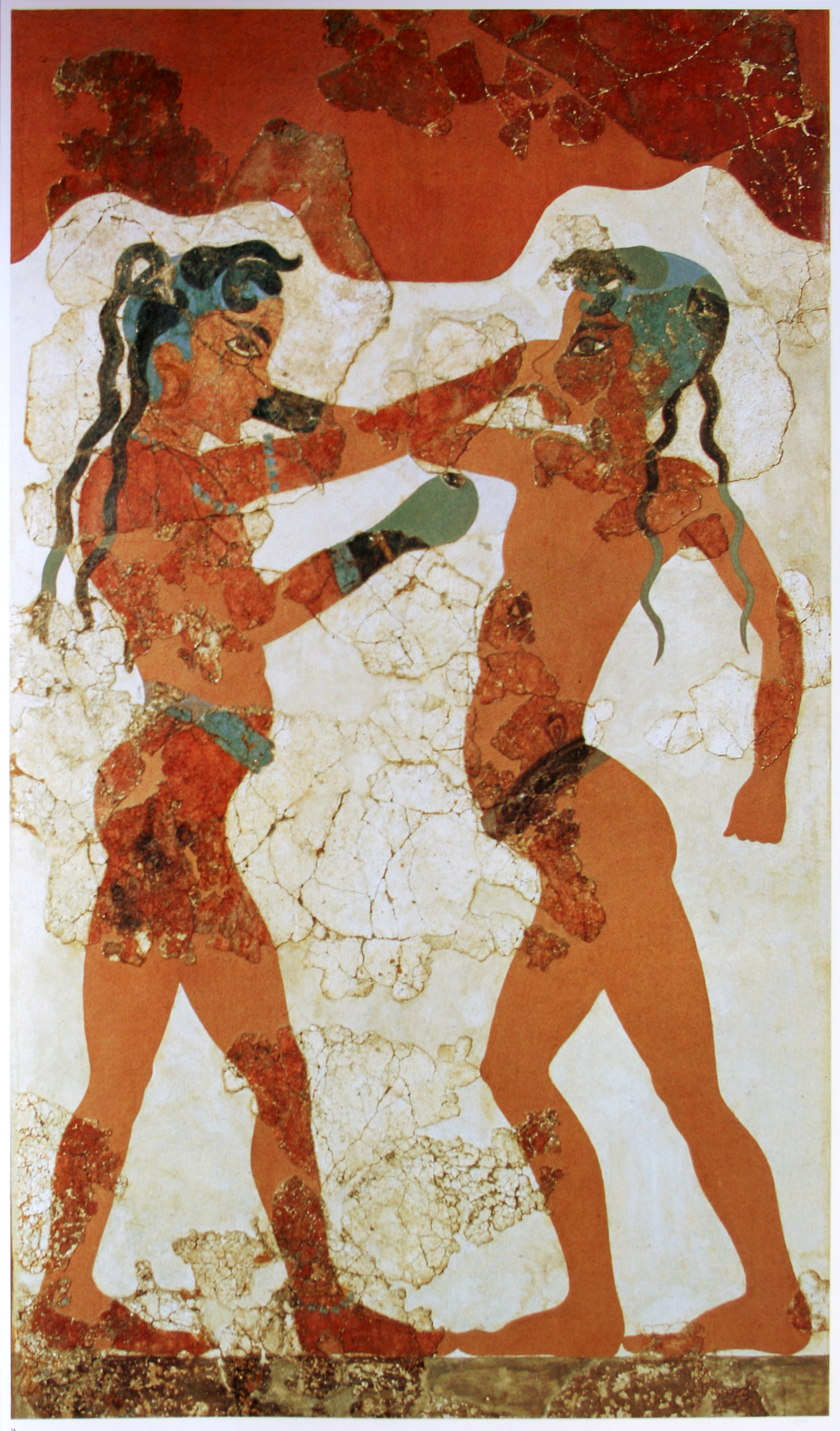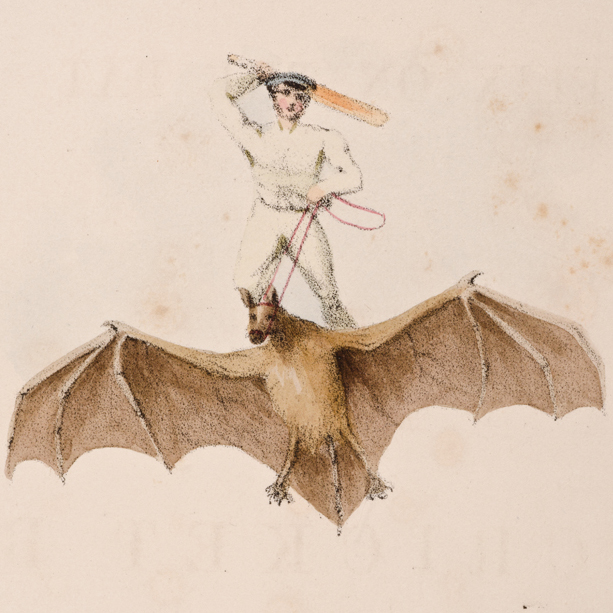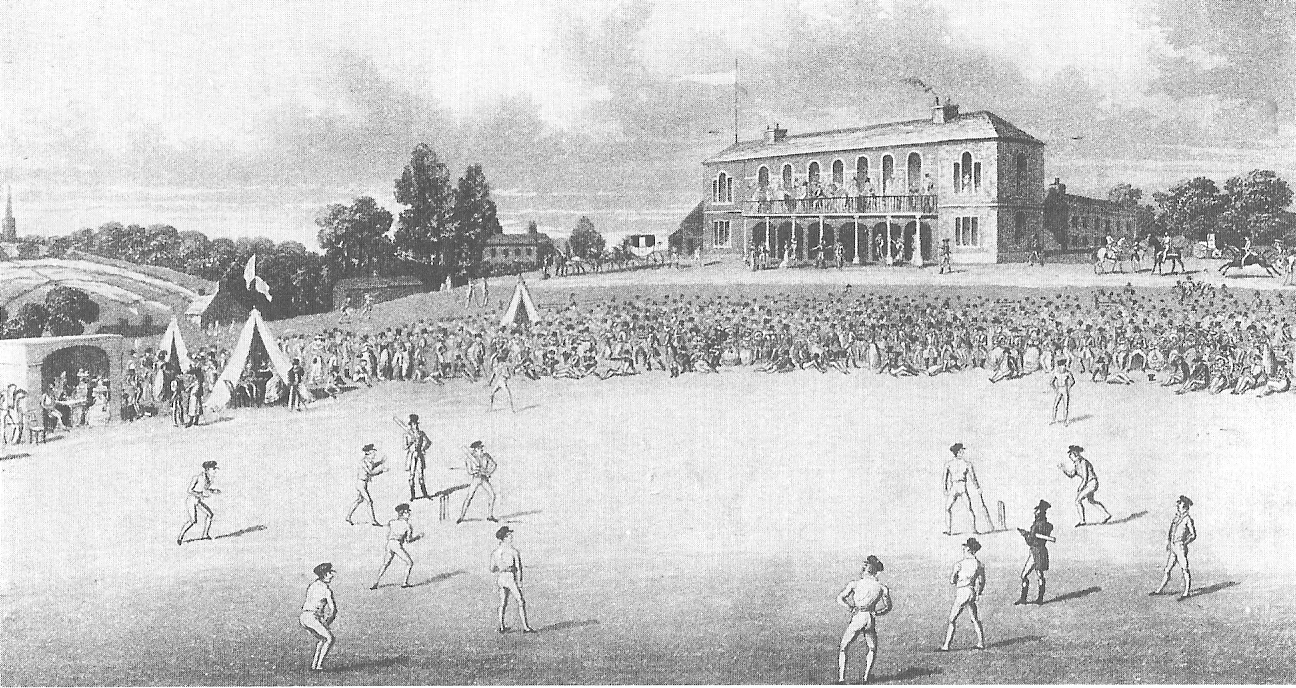|
1852 In Sports
1852 in sports describes the year's events in world sport. Boxing Events * 21 August — John Morrissey defeats George Thompson in the 11th round at Mare Island, California and claims the Heavyweight Championship of America, which has been vacated by the now-retired Tom Hyer. His claim is not generally recognised at this time because of the prior claim by Yankee Sullivan, who fought Hyer in 1849.Cyber Boxing Zone – John Morrissey Retrieved on 8 November 2009. * retains the Championship of England but there is no record of any fights involving him in 1852. [...More Info...] [...Related Items...] OR: [Wikipedia] [Google] [Baidu] |
Boxing
Boxing (also known as "Western boxing" or "pugilism") is a combat sport in which two people, usually wearing protective gloves and other protective equipment such as hand wraps and mouthguards, throw punches at each other for a predetermined amount of time in a boxing ring. Although the term "boxing" is commonly attributed to "western boxing", in which only the fists are involved, boxing has developed in various ways in different geographical areas and cultures. In global terms, boxing is a set of combat sports focused on striking, in which two opponents face each other in a fight using at least their fists, and possibly involving other actions such as kicks, elbow strikes, Knee (strike), knee strikes, and headbutts, depending on the rules. Some of the forms of the modern sport are western boxing, Bare-knuckle boxing, bare knuckle boxing, kickboxing, Muay Thai, muay-thai, lethwei, savate, and Sanda (sport), sanda. Boxing techniques have been incorporated into many martial ar ... [...More Info...] [...Related Items...] OR: [Wikipedia] [Google] [Baidu] |
James Grundy (cricketer)
James "Jem" Grundy (5 March 1824 in New Radford, Nottingham – 24 November 1873 in Carrington, Nottingham) was an English cricket team, English cricketer during the game's roundarm bowling, roundarm era. He was one of the notable bowlers of the 1850s and was frequently among the leading wicket-takers. He bowled right-arm fast roundarm and is known to have occasionally used fast underarm deliveries, but he is said to have varied his pace. He batted right-handed and was an occasional wicket-keeper. Grundy's known first-class career spanned the 1850 English cricket season, 1850 to 1869 English cricket season, 1869 seasons. He took 1,137 wickets in 298 matches with a bowling average of 12.81 with a best analysis of 9/19. He had 84 5-wicket innings and 24 10-wicket matches. He scored 5,898 runs with the bat at an average of 12.65 with a highest score of 95. He took 233 catches and made 2 stumpings. In 1857, he became the first person to be given out handled the ball. At the ... [...More Info...] [...Related Items...] OR: [Wikipedia] [Google] [Baidu] |
1,000 Guineas Stakes
The 1000 Guineas Stakes is a Group 1 flat horse race in Great Britain open to three-year-old fillies. It is run on the Rowley Mile at Newmarket over a distance of 1 mile (1,609 metres), and it is scheduled to take place each year in late April or early May on the Sunday following the 2000 Guineas Stakes. It is the second of Britain's five Classic races, and the first of two restricted to fillies. It can also serve as the opening leg of the Fillies' Triple Crown, followed by the Oaks and the St Leger, but the feat of winning all three is rarely attempted. History The 1000 Guineas was first run on 28 April 1814, five years after the inaugural running of the equivalent race for both colts and fillies, the 2000 Guineas. The two races were established by the Jockey Club under the direction of Sir Charles Bunbury, who had earlier co-founded the Derby. They were named according to their original prize funds ... [...More Info...] [...Related Items...] OR: [Wikipedia] [Google] [Baidu] |
1852 Grand National
The 1852 Grand National was the 14th renewal of the Grand National horse race that took place at Aintree near Liverpool, England, on 3 March 1852. The winning jockey, Alec Goodman, later rode the 1866 winner. Course changes There was some slight modification to the water jump, which measured at 13 feet 6 inches this year while the hedge out of Proceed's Lane odern day Melling Road at Anchor Bridge Crossingwas removed, leaving a small bank out of the lane to negotiate. Leading Contenders La Gazza Ladra was the choice of the racegoers on the day, backing her from 12/1 in to 6/1 favourite, due most notably to her being easily the fastest horse in the race. Racing journalist, Whalebone remarked that she could surely not be beaten if first over the final flight. With J Neale up, she survived a collision at the First Beecher's and was still well in contention crossing Proceed's Lane nown today at Anchor Bridgebut her stamina let her down, rendering her finishing pace worthless. She ... [...More Info...] [...Related Items...] OR: [Wikipedia] [Google] [Baidu] |
Horse Racing
Horse racing is an equestrian performance sport, typically involving two or more horses ridden by jockeys (or sometimes driven without riders) over a set distance for competition. It is one of the most ancient of all sports, as its basic premise – to identify which of two or more horses is the fastest over a set course or distance – has been mostly unchanged since at least classical antiquity. Horse races vary widely in format, and many countries have developed their own particular traditions around the sport. Variations include restricting races to particular breeds, running over obstacles, running over different distances, running on different track surfaces, and running in different gaits. In some races, horses are assigned different weights to carry to reflect differences in ability, a process known as handicapping. While horses are sometimes raced purely for sport, a major part of horse racing's interest and economic importance is in the gambling associated with ... [...More Info...] [...Related Items...] OR: [Wikipedia] [Google] [Baidu] |
Nicholas Felix
Nicholas Wanostrocht (5 October 1804 – 3 September 1876), known as Nicholas Felix, was an English amateur "gentleman" cricketer. He was one of the few players who – at his request – was routinely known by his pseudonym, Felix. When his father died in 1824 he had inherited the running of his school, aged only nineteen, and he was afraid that the parents of pupils might think that cricket was too frivolous a pastime for a schoolmaster. Felix was a specialist left-handed batsman, although he did occasionally bowl underarm slow left-arm orthodox. He was a mainstay of the great Kent team of the mid-19th century alongside such players as Alfred Mynn, Fuller Pilch, William Hillyer and Ned Wenman. In the words of the famous elegy, best loved of Bernard Darwin, :''And with five such mighty cricketers 'twas but natural to win'' :''As Felix, Wenman, Hillyer, Fuller Pilch and Alfred Mynn.'' Felix played for Kent from 1830 until 1852. He also appeared for MCC sides and was a mem ... [...More Info...] [...Related Items...] OR: [Wikipedia] [Google] [Baidu] |
Lord's
Lord's Cricket Ground, commonly known as Lord's, is a cricket venue in St John's Wood, London. Named after its founder, Thomas Lord, it is owned by Marylebone Cricket Club (MCC) and is the home of Middlesex County Cricket Club, the England and Wales Cricket Board (ECB), the European Cricket Council (ECC) and, until August 2005, the International Cricket Council (ICC). Lord's is widely referred to as the ''Home of Cricket'' and is home to the world's oldest sporting museum. Lord's today is not on its original site; it is the third of three grounds that Lord established between 1787 and 1814. His first ground, now referred to as Lord's Old Ground, was where Dorset Square now stands. His second ground, Lord's Middle Ground, was used from 1811 to 1813 before being abandoned to make way for the construction through its outfield of the Regent's Canal. The present Lord's ground is about north-west of the site of the Middle Ground. The ground can hold 31,100 spectators, the capacity ... [...More Info...] [...Related Items...] OR: [Wikipedia] [Google] [Baidu] |
Sheffield
Sheffield is a city status in the United Kingdom, city in South Yorkshire, England, whose name derives from the River Sheaf which runs through it. The city serves as the administrative centre of the City of Sheffield. It is Historic counties of England, historically part of the West Riding of Yorkshire and some of its southern suburbs were transferred from Derbyshire to the city council. It is the largest settlement in South Yorkshire. The city is in the eastern foothills of the Pennines and the valleys of the River Don, Yorkshire, River Don with its four tributaries: the River Loxley, Loxley, the Porter Brook, the River Rivelin, Rivelin and the River Sheaf, Sheaf. Sixty-one per cent of Sheffield's entire area is green space and a third of the city lies within the Peak District national park. There are more than 250 parks, woodlands and gardens in the city, which is estimated to contain around 4.5 million trees. The city is south of Leeds, east of Manchester, and north ... [...More Info...] [...Related Items...] OR: [Wikipedia] [Google] [Baidu] |
Hyde Park Ground
Hyde Park was a cricket ground in Sheffield on a site now used for high-rise community flats. It took the name of fields that occupied the area in the early 19th century. Hyde Park was used for important matches between 1830 and 1854. It opened in 1826 and was adopted by Sheffield Cricket Club as a home venue, replacing Darnall New Ground, from 1830 until 1854. It was itself superseded in April 1855 by Bramall Lane. Hyde Park staged the first "Roses Match" between Yorkshire and Lancashire in July 1849. Cricket ground The first recorded match on the ground took place from 30 August to 1 September 1830 between Sheffield and Nottingham, Sheffield winning by 41 runs. Sheffield used the ground several times for important matches, their last one there being against Manchester on 26 and 27 July 1852, Sheffield winning by an innings and 22 runs. Most of Sheffield's matches were against other town clubs, notably Manchester and Nottingham, but from 1833 they began to take on teams that ... [...More Info...] [...Related Items...] OR: [Wikipedia] [Google] [Baidu] |
Sheffield Cricket Club
The Sheffield Cricket Club was founded in the 18th century and soon began to play a key role in the development of cricket in northern England. It was the direct forerunner of Yorkshire County Cricket Club and some of the teams fielded by Sheffield were styled Yorkshire. Sheffield generally held first-class status, depending on the quality of their opponents, from 1827 to 1855. Earliest cricket in Yorkshire The earliest known references to cricket in Yorkshire are in 1751.It is possible that cricket was played in North America before it reached Yorkshire. There are early 17th century references to the game in America but the earliest known references to cricket in Yorkshire are as late as 1751. These relate to local matches in Sheffield and to a game on or soon after Monday, 5 August at Stanwick, near Richmond, between the Duke of Cleveland's XI and Earl of Northumberland's XI (the same teams had earlier played in Durham and this is Durham's earliest cricket reference).Waghorn, ... [...More Info...] [...Related Items...] OR: [Wikipedia] [Google] [Baidu] |
Manchester Cricket Club
Manchester Cricket Club was founded in 1816 and was a direct forerunner of Lancashire County Cricket Club which was founded in 1864. Manchester matches are classified with first-class cricket between 1844 and 1858, after which it was superseded by the county club. History Cricket may not have reached Lancashire until the 18th century. The earliest known reference to cricket being played in the county is in 1781. In 1816, Manchester Cricket Club was founded and soon became the most important side within the county in the same way that Sheffield Cricket Club and Nottingham Cricket Club were in Yorkshire and Nottinghamshire. Manchester played mostly against opponents from the north of England and 13 of its matches between 1844 and 1858 have first-class status. Four other first-class matches were played between 1849 and 1851 between Lancashire XIs and Yorkshire XIs. In their early years, the club played their cricket at the Crescent in Salford and afterwards at Moss Lane (here a match ... [...More Info...] [...Related Items...] OR: [Wikipedia] [Google] [Baidu] |
John Sherman (cricketer)
John Sherman (17 October 1788 – 31 August 1861) was an English professional cricketer. His first-class career spanned a record-equalling 44 seasons from 1809 to 1852 - he shares this record with W G Grace. He was the elder brother of James Sherman and the uncle of Tom Sherman. He made 27 known appearances in first-class matches from 1809 to 1852.Arthur Haygarth Arthur Haygarth (4 August 1825 – 1 May 1903) was a noted amateur cricketer who became one of cricket's most significant historians. He played first-class cricket for the Marylebone Cricket Club and Sussex between 1844 and 1861, as well as num ..., ''Scores & Biographies'', Volumes 1-4 (1744-1854), Lillywhite, 1862 CricketArchive. Retrieved 2020-07-05. Sherman was a right-handed batsman and a right arm slow underarm bowler. He played his first four ... [...More Info...] [...Related Items...] OR: [Wikipedia] [Google] [Baidu] |





